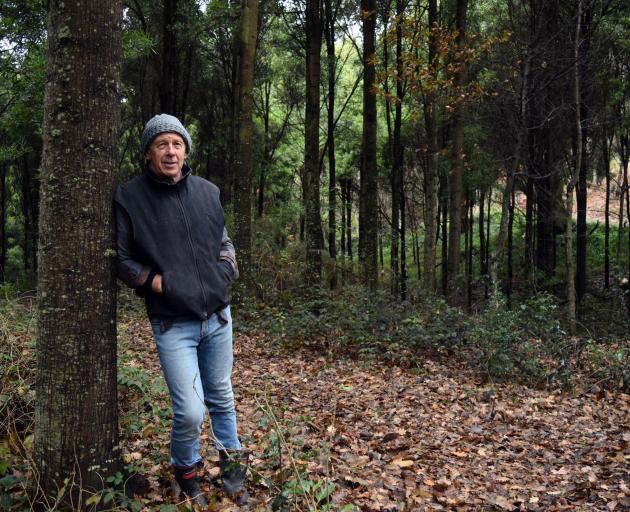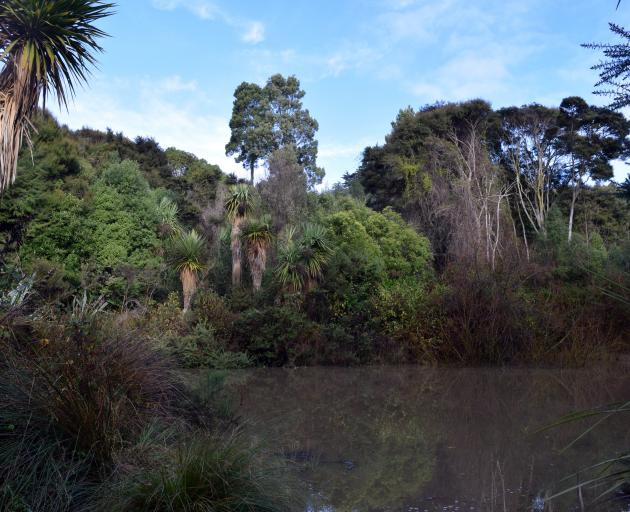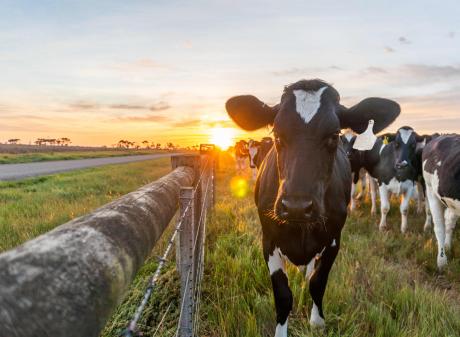Architectural designer Richard Wilden is designing a forest in Dunedin.
Forestry covers his 31ha "rural enclave" on the north eastern slope of Saddle Hill, near Mosgiel, a mere 10-minute drive from the Octagon in the heart of the city.
Born and raised in Dunedin, Mr Wilden went dairy farming in Palmerston after leaving school and then worked on a sheep and beef farm in Lee Stream.
He attended Lincoln University, but found studying a "waste of time" so went shearing and crutching around Otago in winter and hauled meat at the Burnside freezing works in summer.
He began a three-year building apprenticeship at 27, where his weekly wage plummeted from $700 to $120, which he described as "a bit of a shock".

"I did my last hands-on building job in 1998 and I have been a designer ever since."
Mr Wilden bought his Saddle Hill property in 1991. The property had a colourful history of land-use changes.
Produce was grown to supply sealers and whalers, hops planted more than a century ago continue to grow wild and it features mine shafts once used to supply coal to Dunedin and Mosgiel.
When better coal was discovered at Kaitangata, the last Dunedin mine closed in the 1950s.
After the miners left, livestock was run on the property including dairy cows and pigs.

"I was a bit over the animals so I decided to plant some trees instead," he said.
He sold his stock in 2002 and started planting trees the same year.
About 30,000 trees were planted in a week by himself and six forestry contractors.
To decide what species to plant, he joined the "great and very useful" Mid Otago branch of the New Zealand Farm Forestry Association.
Back then, members would struggle to agree on the best species to grow other than pine trees.

Deciding on species could be difficult because there was a lot of conflicting information and there was "a bit of luck" involved, he said.
His late neighbour Les Cleveland had nearly 50ha of native vegetation protected with a covenant from the QEII National Trust but Mr Wilden decided against planting native forestry because it took too long to establish.
He did leave 4ha of native bush to regenerate, but he selected tree species on their timber value.
The 30 species planted included alder, ash, blackwood, eucalyptus, oak, poplar, macrocarpa, red beech and redwood.
He considered planting pine and could be harvesting now and reaping the financial rewards, but he was pleased he decided to plant other species.

He did not like the idea of owning land which had been clear-felled and "looked like a bomb had gone off".
His trees were planted closely together to suppress gorse growth which had been successful.
Some species needed to grow closely to other trees to constrain growth and stop becoming bushy.
That made a better tree with smaller branches which was easier to prune, he said.
He pruned the trees himself using a ladder and chainsaw and some trees were thinned for firewood.

Selective harvesting of trees was allowed while continuing to earn carbon credits. Some of the trees were now big enough to be felled for timber.
He had a tractor and forestry winch to drag logs to his on-site sawmill. The sawmill allowed him to experiment with different types of wood to build with.
So far he had milled a small amount of alder and macrocarpa and some of that macrocarpa featured in his house.
At the time of planting, about 20 ponds were created across the property.
The ponds were designed to look good and slow down stormwater run-off.

Native birds were prevalent, including fantail and tūī, which flew under the canopy, away from the gaze of the circling hawks.
"The bird life is amazing," he said.
Tracks have been created and dog walkers and horse riders have been given access to the forest.
Mushroom species growing in the forest include porcini and shaggy parasol.
A wildfire in 2015 destroyed some of Mr Wilden’s forest.
Eucalyptus firebrands blew on to his property and ignited a block of about 500 red beech trees.

He feared the worst when the blaze approached his block of macrocarpa which contained plenty of fuel for a fire.
As the fire approached, the wind changed from norwest to south and then rain started, putting out the blaze and averting a disaster.
A trial was launched in the macrocarpa block a year ago. The government contracted the association to measure how fast the macrocarpa trees grow and how much carbon they sequester.
Mr Wilden believed his trees would provide more environmental benefits than if he had chosen to plant pine trees.
"My forest will never be chopped down and there will always be a store of carbon. For storing carbon long-term, this forest wins hands down."















